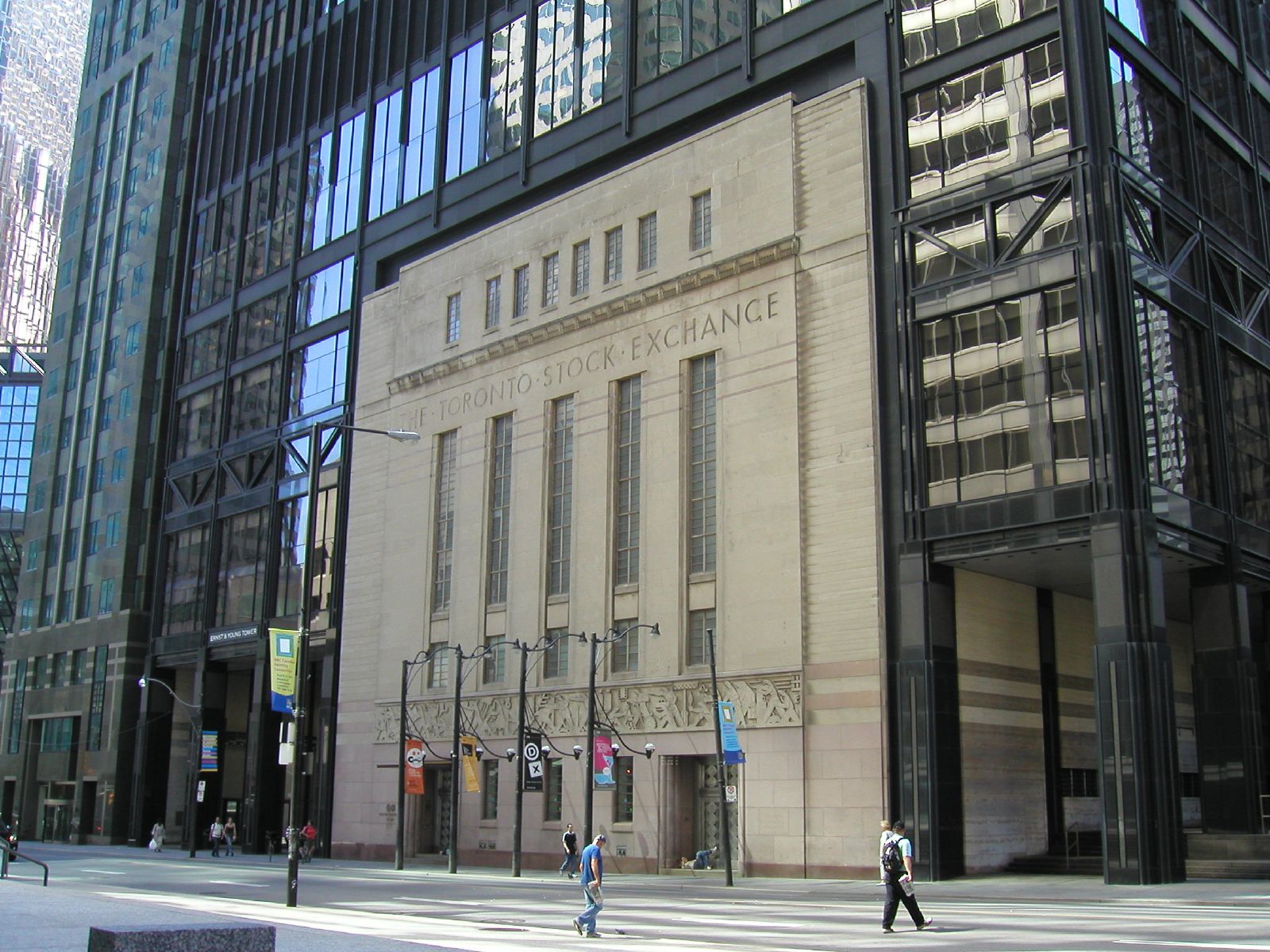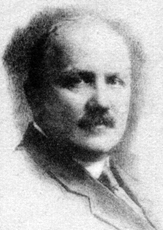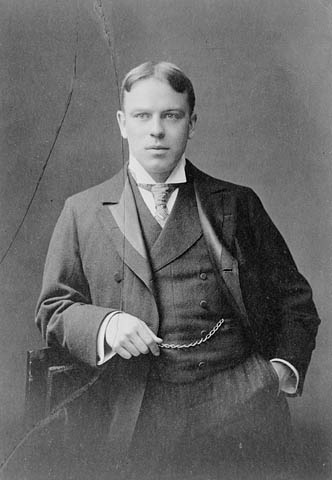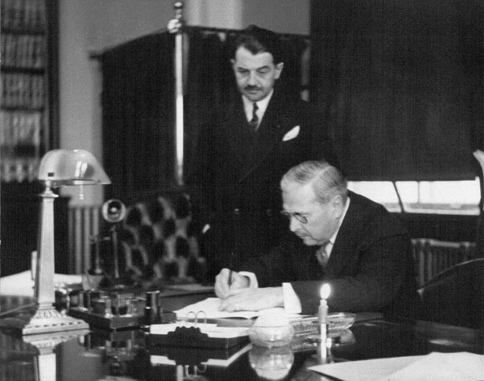|
Exposition Internationale Des Arts Et Techniques Dans La Vie Moderne
The ''Exposition Internationale des Arts et Techniques dans la Vie Moderne'' (International Exposition of Art and Technology in Modern Life) was held from 25 May to 25 November 1937 in Paris, France. Both the Palais de Chaillot, housing the Musée de l'Homme, and the Palais de Tokyo, which houses the Musée d'Art Moderne de la Ville de Paris, were created for this exhibition that was officially sanctioned by the Bureau International des Expositions. A third building, , housing the permanent Museum of Public Works, which was originally to be among the new museums created on the hill of Chaillot on the occasion of the Exhibition, was not built until January 1937 and inaugurated in March 1939. Exhibitions At first the centerpiece of the exposition was to be a tower (" Phare du Monde") which was to have a spiraling road to a parking garage located at the top and a hotel and restaurant located above that. The idea was abandoned as it was far too expensive. Pavilions Finnish P ... [...More Info...] [...Related Items...] OR: [Wikipedia] [Google] [Baidu] |
Palais De Chaillot
The Palais de Chaillot () is a building at the top of the in the Trocadéro area in the 16th arrondissement of Paris, 16th ''arrondissement'' of Paris, France. For the Exposition Internationale des Arts et Techniques dans la Vie Moderne (1937), Exposition Internationale of 1937, the old 1878 Palais du Trocadéro was partly demolished and partly rebuilt to create the Palais de Chaillot. It was designed in classicising "Streamline Moderne, moderne" style by architects Louis-Hippolyte Boileau, Jacques Carlu and Léon Azéma. The Palais consists of two separate wings shaped to form a wide arc, which are those of the former building with new taller portions built in front. The pair of larger central pavilions are also those of the former palais, encapsulated in new construction. The large central hall and towers of the old palais were demolished, leaving only the basement, with a wide esplanade created on top, establishing an open view from the place du Trocadéro to the Eiffel Tower ... [...More Info...] [...Related Items...] OR: [Wikipedia] [Google] [Baidu] |
Ministry Of Culture (France)
The Ministry of Culture (french: Ministère de la Culture) is the ministry of the Government of France in charge of national museums and the . Its goal is to maintain the French identity through the promotion and protection of the arts (visual, plastic, theatrical, musical, dance, architectural, literary, televisual and cinematographic) on national soil and abroad. Its budget is mainly dedicated to the management of the (six national sites and hundred decentralised storage facilities) and the regional (culture centres). Its main office is in the in the 1st arrondissement of Paris on the . It is headed by the Minister of Culture, a cabinet member. The current officeholder has been since 20 May 2022. History Deriving from the Italian and Burgundian courts of the Renaissance, the notion that the state had a key role to play in the sponsoring of artistic production and that the arts were linked to national prestige was found in France from at least the 16th century on. During ... [...More Info...] [...Related Items...] OR: [Wikipedia] [Google] [Baidu] |
Arne Korsmo
Arne Korsmo (14 August 1900 – 29 August 1968) was a leading architect in Norway and a propagator of the international architectural style. He taught at the Norwegian National Academy of Craft and Art Industry and he was a professor at the Department of Architecture at the Norwegian Institute of Technology. Biography Arne Korsmo grew up in Oslo and took his final exams during 1920. He earned a diploma from the architectural line of the Norwegian Institute of Technology in 1926. He practiced with some of Oslo's leading architects including Arnstein Arneberg and Magnus Poulsson. During 1926–27, Korsmo worked at the architectural office of Finn Bryn and Johan Ellefsen, where he first came into contact with modernism. In 1928, Korsmo started his own practice with architect Sverre Aasland (1899–1989). Several of his villas were designed and built in the years while he was in partnership with Sverre Aasland. Korsmo drew plans for 50 villas, several of which are regarded as mast ... [...More Info...] [...Related Items...] OR: [Wikipedia] [Google] [Baidu] |
Charles Comfort
Charles Fraser Comfort, LL. D. (July 22, 1900 – July 5, 1994) was a Scotland-born Canadian painter, sculptor, teacher, writer and administrator. Career and biography Early life Born near Edinburgh, Scotland, Comfort moved to Winnipeg in 1912 with his family. His father found work with the treasury department for the city of Winnipeg. Comfort, as the eldest child, had to work from a young age to help support his family. In 1914, he began work as a commercial artist at the newly established Brigdens commercial art branch office in Winnipeg established by Frederick Henry (Fred) Brigden, and by 1916 Comfort started attending evening classes at the Winnipeg School of Art. Comfort saved money to attend the Art Students League of New York under Robert Henri and Euphrasius Tucker. Still working part-time for Brigdens commercial studio, he was temporarily transferred to Toronto in 1919. While in Toronto, Comfort joined the Arts and Letters Club, taking life-study classes and meeti ... [...More Info...] [...Related Items...] OR: [Wikipedia] [Google] [Baidu] |
Joseph-Émile Brunet
Joseph-Émile Brunet (1893–1977) was a Canadian sculptor based in Quebec. His output includes more than 200 monuments in bronze. Many of his sculptures depict national figures and events in Canada. He was born in Huntingdon, Quebec in 1893. He was educated at archbishop school, the Art Institute of Chicago, and the national superior École des Beaux-Arts of Paris. Works Joseph-Émile Brunet sculpted the bas reliefs and ornamental façade of the Gérard-Morisset building, Musée national des beaux-arts du Québec in Quebec City which depict historical scenes and events in Canadian History: "Fishing", "Fur Trading", "Maple Sugar Making", "Farming", "Logging", "Missionaries", "Landing Immigrates", "Buffalo Hunt"," Jacques Cartier"," Death of Wolfe"," Death of Montcalm"," William Dollard", "Pierre Gaultier de Varennes, sieur de La Vérendrye" and "The First Settlers". File:Statue_Laurier.jpg, Joseph-Émile Brunet's Sir Wilfrid Laurier, Parliament Hill in Ottawa, Ontario File:Lc joh ... [...More Info...] [...Related Items...] OR: [Wikipedia] [Google] [Baidu] |
Grain Elevator
A grain elevator is a facility designed to stockpile or store grain. In the grain trade, the term "grain elevator" also describes a tower containing a bucket elevator or a pneumatic conveyor, which scoops up grain from a lower level and deposits it in a silo or other storage facility. In most cases, the term "grain elevator" also describes the entire elevator complex, including receiving and testing offices, weighbridges, and storage facilities. It may also mean organizations that operate or control several individual elevators, in different locations. In Australia, the term describes only the lifting mechanism. Before the advent of the grain elevator, grain was usually handled in bags rather than in bulk (large quantities of loose grain). Dart's Elevator was a major innovation. It was invented by Joseph Dart, a merchant, and Robert Dunbar, an engineer, in 1842 and 1843, in Buffalo, New York. Using the steam-powered flour mills of Oliver Evans as their model, they invented th ... [...More Info...] [...Related Items...] OR: [Wikipedia] [Google] [Baidu] |
Eiffel Tower
The Eiffel Tower ( ; french: links=yes, tour Eiffel ) is a wrought-iron lattice tower on the Champ de Mars in Paris, France. It is named after the engineer Gustave Eiffel, whose company designed and built the tower. Locally nicknamed "''La dame de fer''" (French for "Iron Lady"), it was constructed from 1887 to 1889 as the centerpiece of the 1889 World's Fair. Although initially criticised by some of France's leading artists and intellectuals for its design, it has since become a global cultural icon of France and one of the most recognisable structures in the world. The Eiffel Tower is the most visited monument with an entrance fee in the world: 6.91 million people ascended it in 2015. It was designated a '' monument historique'' in 1964, and was named part of a UNESCO World Heritage Site ("Paris, Banks of the Seine") in 1991. The tower is tall, about the same height as an 81- building, and the tallest structure in Paris. Its base is square, measuring on each sid ... [...More Info...] [...Related Items...] OR: [Wikipedia] [Google] [Baidu] |
Jacques Gréber
Jacques-Henri-Auguste Gréber (10 September 1882 – 5 June 1962) was a French architect specializing in landscape architecture and urban design. He was a strong proponent of the Beaux-Arts style and a contributor to the City Beautiful movement, particularly in Philadelphia and Ottawa. Early life and education Gréber was born in Paris, the son of sculptor Henri-Léon Gréber, and attended the École des Beaux-Arts in that city.E. Delaire ''et al.'' ''Les architectes élèves de l'école des Beaux-Arts, 1793–1907'' noted in James T. Maher, ''The Twilight of Splendor: Chronicles of the Age of American Palaces'' 1975:65 note 78. He was a fine student and won several prizes during his training at the École. Early Private Commissions Following graduation in 1908, he left for the United States, where American architects who had trained at the École hired him to help design French gardens for the large houses they built in New England. He designed many private gardens in the U ... [...More Info...] [...Related Items...] OR: [Wikipedia] [Google] [Baidu] |
Ernest Lapointe
Ernest Lapointe (October 6, 1876 – November 26, 1941) was a Canadian lawyer and politician. A member of Parliament from Quebec City, he was a senior minister in the government of Prime Minister W. L. Mackenzie King, playing an important role on issues relating to legal affairs, Quebec and French-speaking Canada. Education, early career Lapointe earned his law degree from Laval University. He was called to the bar in 1898 and practised law in Rivière-du-Loup and Quebec City. Enters politics Lapointe was elected by acclamation to the House of Commons of Canada for the riding of Kamouraska as a Liberal through a by-election on February 12, 1904. Lapointe was later re-elected in the 1904, 1908, 1911, and 1917 federal elections. Lapointe resigned his seat in 1919 and successfully ran in the Quebec East seat vacated by former Prime Minister Wilfrid Laurier, who died. King's cabinet minister and Quebec lieutenant In 1921, Prime Minister William Lyon Mackenzie King a ... [...More Info...] [...Related Items...] OR: [Wikipedia] [Google] [Baidu] |
William Lyon Mackenzie King
William Lyon Mackenzie King (December 17, 1874 – July 22, 1950) was a Canadian statesman and politician who served as the tenth prime minister of Canada for three non-consecutive terms from 1921 to 1926, 1926 to 1930, and 1935 to 1948. A Liberal, he was the dominant politician in Canada from the early 1920s to the late 1940s. King is best known for his leadership of Canada throughout the Great Depression and the Second World War. He played a major role in laying the foundations of the Canadian welfare state and established Canada's international reputation as a middle power fully committed to world order. With a total of 21 years and 154 days in office, he remains the longest-serving prime minister in Canadian history. Born in Berlin, Ontario (now Kitchener), King studied law and political economy in the 1890s and became concerned with issues of social welfare. He later obtained a PhD – the only Canadian prime minister to have done so. In 1900, he became deputy minister ... [...More Info...] [...Related Items...] OR: [Wikipedia] [Google] [Baidu] |
Raymond Brugère
Charles Henri Raymond Brugère (25 January 1885 – 30 August 1966) was a French diplomat. Diplomat Brugère was born in Orléans, the son of General Joseph Brugère and Louise Thieclin. He graduated with a degree in the law. Brugère joined the Quai d'Orsay on 17 May 1911, and first went overseas to start serving as the third secretary at the French legation in Beijing on 1 August 1912. On 5 June 1912, Brugère married Denise Témoin, the daughter of a famous doctor, Daniel Témoin. By his wife, he had one child, a daughter named Nicole. As a reservist lieutenant in the ''chasseurs à cheval'', Brugère was called up to duty in August 1914 to resist the German invasion of France. He was mentioned in a report for bravery under fire on 23 September 1914. Subsequently, he transferred over to the ''Chasseurs d'Afrique'', and took part in the Dardanelles campaign of 1915. Later in 1915, Brugère went to Serbia, where he was wounded in action. Owing to his wounds, he returned to t ... [...More Info...] [...Related Items...] OR: [Wikipedia] [Google] [Baidu] |
Trocadéro
The Trocadéro (), site of the Palais de Chaillot, is an area of Paris, France, in the 16th arrondissement, across the Seine from the Eiffel Tower. It is also the name of the 1878 palace which was demolished in 1937 to make way for the Palais de Chaillot. The hill of the Trocadéro is the hill of Chaillot, a former village. Origin of the name The place was named in honour of the Battle of Trocadero, in which the fortified Isla del Trocadero, in southern Spain, was captured by French forces led by the Duc d'Angoulême, son of the future King of France, Charles X, on 31 August 1823. France had intervened on behalf of King Ferdinand VII of Spain, whose rule was contested by a liberal rebellion. After the battle, the autocratic Spanish Bourbon Ferdinand VII was restored to the throne of Spain. François-René de Chateaubriand said "To stride across the lands of Spain at one go, to succeed there, where Bonaparte had failed, to triumph on that same soil where the arms of the fa ... [...More Info...] [...Related Items...] OR: [Wikipedia] [Google] [Baidu] |

.jpg)
.jpg)








